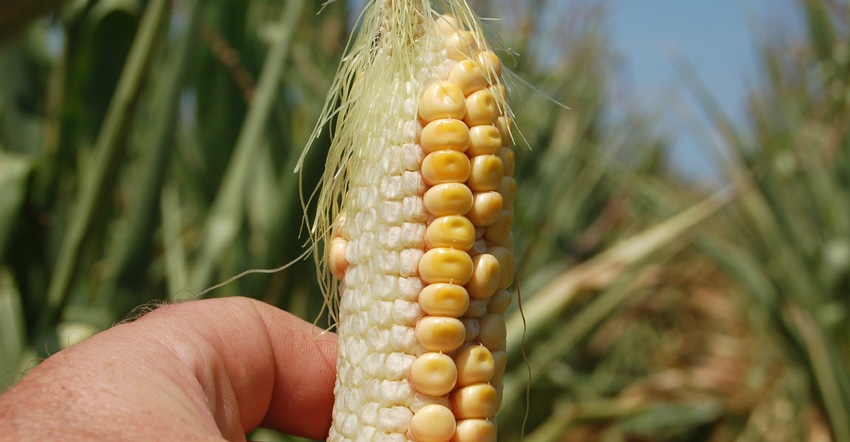January 1, 2021

I always choose the premium crop insurance option, but I want to lower costs. I’ve only collected once in 20-plus years. Should I back down to less coverage to save on premiums? I also carry hail coverage through independent companies. Should I drop it?
The Profit Planners panel includes David Erickson, farmer, Altona, Ill.; Mark Evans, Purdue University Extension, Putnam County, Ind.; Jim Luzar, landowner and retired Extension educator, Greencastle, Ind.; and Steve Myers, farm manager, Busey Ag Resources, LeRoy, Ill.
Erickson: The purpose of insurance is to pay someone to accept liability for loss that you’re unwilling to risk. You’re asking the right questions. Continue doing your homework and find out what different levels of federal crop insurance will cost and evaluate your risk level for accepting lower coverage. If you have only collected on federal crop insurance once in over 20 years, definitely consider at least changing coverage level for next year. Crop hail coverage is not that expensive but can be an unnecessary expense if your acres are spread out geographically. Most hailstorms are localized. If your acres are contiguous, it might be a good buy.
Evans: Many remember the “DIRTI 5” of depreciation, interest, repairs, taxes and insurance. Insurance is the lever that perhaps we have the greatest opportunity to adjust. For most young people, there are likely greater insurance needs as there is less wealth accumulation. A middle-aged or “seasoned” person may be better positioned for risk and willing to have less coverage. Insurance is still necessary to protect from a complete loss. Your job is to determine your risk and reward tolerance based on the insurance coverage level and cost. Consider all your insurance coverages to shift costs where you have the best coverage for risks in your season of life.
Luzar: Risk of crop loss and individual financial risk-bearing ability are the principles in play. Both factors must be incorporated into assessing risk. Your 1-in-20 claim history doesn’t shed light on how risk-tolerant you are and shouldn’t be taken as a “roll of the dice.” 2021 will present a different probability of crop yield outcome than the past 20 years. I never needed surgery for 60 years and required open heart surgery in 2020. I’m glad I didn’t drastically change my policy because of 60 years of no claims!
I agree with evaluating revenue protection policies to see if you can trim costs. Election of a lesser coverage provides the best leveraging of the federal subsidy for crop insurance. Work with your insurance professional to evaluate your options.
With respect to hail insurance, consult with your insurance professional. Some areas are more prone to hail events, so your insurer should offer guidance. Hail insurance can be scaled by level of dollar coverage.
Myers: Will moderate levels suffice? Yes, one can be insurance-poor, but consider why you need coverage for each policy and where you might be willing to accept additional risk. You, and perhaps your banker alongside, can assess the “need” and coverage levels for all types of insurance, which may be based on debt levels as well as cash availability in the event of a loss. Multiple Peril Crop Insurance has been a proven way to reduce crop income risk at an economical price point compared to other available strategies. It’s federally subsidized, but also, actuaries are sharp folks in developing coverage levels of price versus risk on behalf of the insurance industry.
You May Also Like




